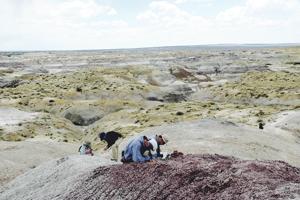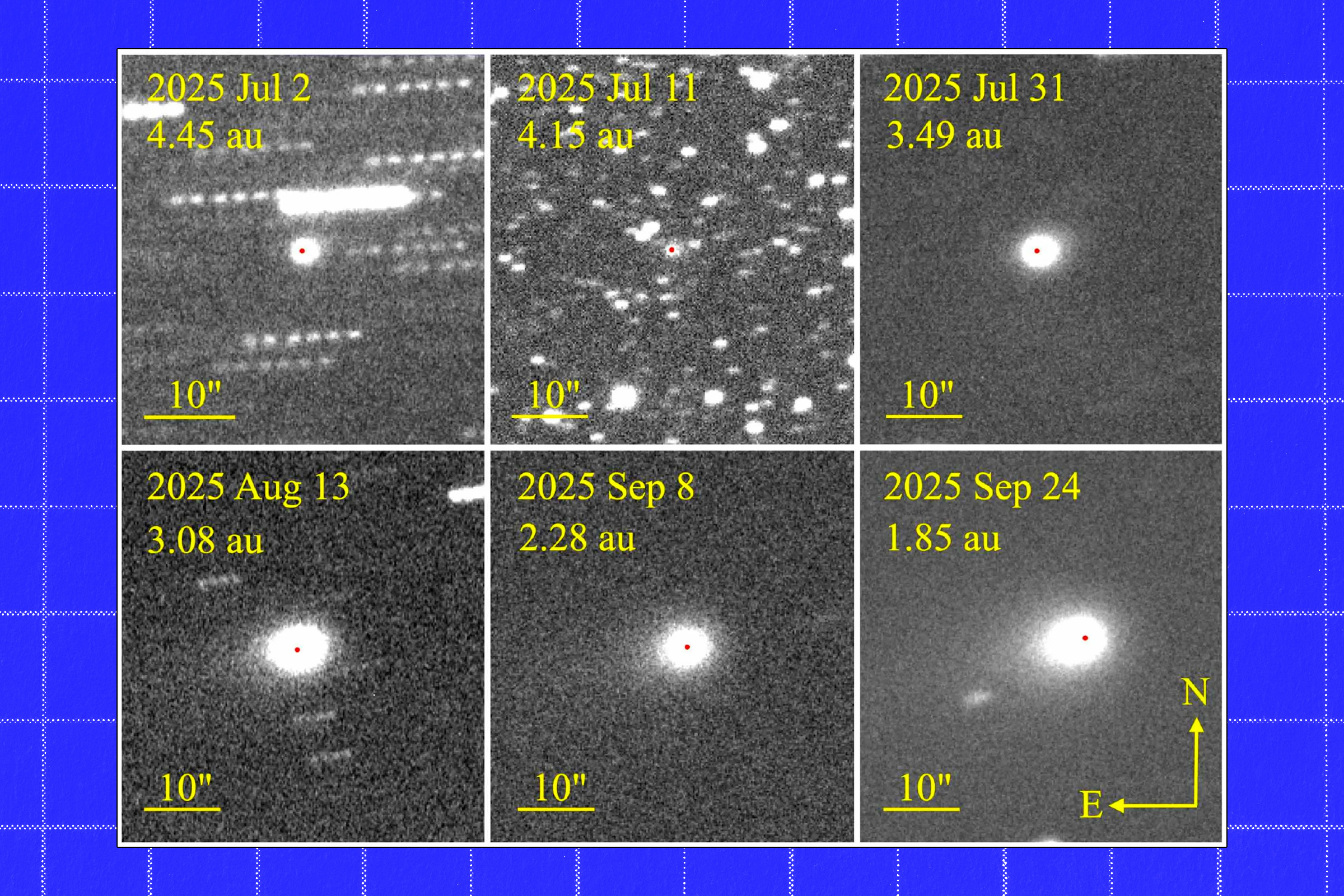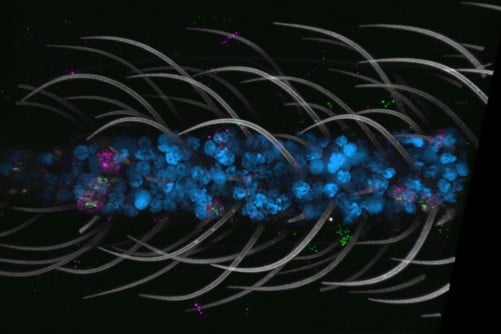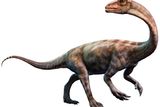Research conducted by Andrew Flynn, a geology professor at New Mexico State University, has provided new insights into the last surviving dinosaurs prior to the mass extinction event approximately 66 million years ago. Collaborating with scientists from institutions such as Baylor University, New Mexico Tech, and the Smithsonian Institution, Flynn’s findings were published in the October 23, 2023, issue of the journal Science.
The study focuses on the Naashoibito member of the De-Na-Zin Wilderness Area near Farmington, New Mexico. This area hosts fossils from the last non-avian dinosaurs, challenging previous assumptions about their decline leading up to the catastrophic extinction event. “These were vibrant, diverse communities,” said Dan Peppe, a co-author and professor of geosciences at Baylor University.
New Discoveries from the San Juan Basin
The research highlights the unique characteristics of the dinosaur fauna in New Mexico, which is dominated by the large, long-necked sauropod Alamosaurus. Flynn estimates that the Alamosaurus reached lengths equivalent to two semi-tractor trailer rigs and weighed between 30 to 80 tons, standing approximately 30 to 50 feet tall. Comparatively, the better-known dinosaur communities from the Hell Creek Formation in North Dakota and Montana are largely represented by species such as Tyrannosaurus and Triceratops.
“Our new data shows that the dinosaurs in New Mexico are made up of very different species than those found in Wyoming and North Dakota,” Flynn noted. “What our new research shows is that dinosaurs are not on their way out going into the mass extinction. They’re doing great; they’re thriving, and the asteroid impact seems to knock them out.” This counters a previously held belief that dinosaurs were experiencing a long-term decline prior to the extinction.
The study also reveals that the surviving mammals after the extinction event maintained distinct northern and southern bio provinces. This finding contrasts with other mass extinctions, where species distributions were typically more uniform.
Unveiling the Timeline of Extinction
Flynn and his team utilized methods involving magnetic pole direction measurements to date the rocks where the fossils were discovered. They found that the dinosaur fossils in northern New Mexico were contemporaneous with those from the Hell Creek Formation. “These rocks were deposited in the last 380,000 years of the Cretaceous period,” Flynn explained. “These were the very last dinosaurs alive in New Mexico before the asteroid impact.”
Steve Brusatte, a professor of paleontology and evolution at the University of Edinburgh, emphasized the significance of these findings. “Until now, paleontologists have had few fossils of dinosaurs unequivocally dated to the last few hundred thousand years of the Cretaceous,” he stated. “Now, in New Mexico, we have fossils of dinosaurs that were there right at the end.”
Flynn’s ongoing research aims to uncover fossil plants within the Naashoibito Member. “I’m trained as a paleobotanist,” he said. “Finding the fossil plants would allow us to show how different the flora was before and after the extinction in New Mexico.”
Despite previous searches yielding no plant fossils, Flynn remains optimistic about future discoveries, recognizing the importance of understanding the ecological changes surrounding the extinction event.
Through this groundbreaking work, Flynn and his colleagues are not only shedding light on the last days of the dinosaurs but also enriching our understanding of the complex ecosystems that existed before the asteroid impact forever altered life on Earth.







